Fewer than 1/5 of solar and wind proposals actually make it through the interconnection queue, according to Lawrence Berkeley National Laboratory as reported in the 2/23/23 NY Times article. Developers, utilities, and RTOs (Regional Transmission Organizations) are trying to solve the same problem: how to safely and reliability interconnect the many projects that are stuck in interconnection queues across the country.
On June 16, 2022, the Federal Energy Regulatory Commission (FERC or Commission) issued a Notice of Proposed Rulemaking (NOPR) RM22-14 focused on updating procedures for interconnecting large generating facilities (20MW and above) and small generating facilities (under 20MW). The NOPR proposes significant updates to FERC’s pro forma interconnection procedures, which were first established in the early 2000s.
Here is a high-level overview of the summary of these NOPR reforms that fall into three broad categories:
- Implement a first-ready, first-served cluster study process
- Increase the speed of interconnection queue processing
- Incorporate technological advancements into the interconnection process
For this article, I want to focus in on number two – increasing the speed of interconnection queue management and a seamless Tariff administration process. Simply, allowing for the use of competent external consultants to perform interconnection studies is a way too:
- Reduce costs for early stage projects and initial entry to the queue
- Speed up the timeframe to perform interconnection studies and meet Tariff timeline.
What exactly is an interconnection study? In its simplest form, without getting into the weeds: Interconnection studies evaluate viability of proposed interconnections with the RTO/utility grid. They are performed based upon the ISO/utility tariff and in coordination with the applicable participating transmission owners and develop a Plan of Service to outline interconnection cost, scope, and schedule for the generator to interconnect reliably to the utility grid.
It is a widely known problem, of the shortage of highly specialized interconnection study engineers who can run these types of studies, to understand the mechanical equipment and reliability impacts to the grid from interconnection of wind, offshore wind, solar, battery, etc. These are complex problems that require specific skills to analyze and compile results.
Qcells’ Interconnection team has worked with several Transmission Service Providers in the ERCOT region that allow third party consultants to be used to perform FIS studies (Full Interconnection Studies). In these scenarios, support from third-party consultants saved Qcells significant quantities of time and money by performing FIS Studies in coordination with utilities.
Qcells has worked diligently to establish excellent professional relationships with TSPs (Transmission Service Providers) and partnerships with talented interconnection consulting firms. Interconnection is frequently challenged with unexpected hurdles; having a dedicated interconnection team and the right partners in place through the duration of the process allows Qcells’ team of subject matter experts to better anticipate needs and drive projects towards the successful execution of Interconnection Agreements.
Turnover is high in the utility & RTO world for interconnection engineers. Qcells is blessed with an experienced and dedicated Interconnection team. Qcells supports ISOs and utilities to embrace the option to allow 3rd parties to perform studies such as steady state, short circuit, dynamic stability study, and other such studies to move the interconnection process along in an efficient and reliable manner.
I am expecting that the Transmission NOPR will be ruled upon by FERC before the interconnection NOPR. Thus, why now is a perfect time to brainstorm ways the interconnection process can improve safely and timely as we await FERC’s decision such as utilizing 3rd party consultants for various interconnection studies. I am calling on my fellow regulatory professionals to brainstorm now ways we can help speed the interconnection process across the country.
Qcells USA Corp. is developing over 6GWs of PV+S and over 7GWs of standalone BESS across the country.
To read more blog posts from Amy Jo Miller, please see her blog here.
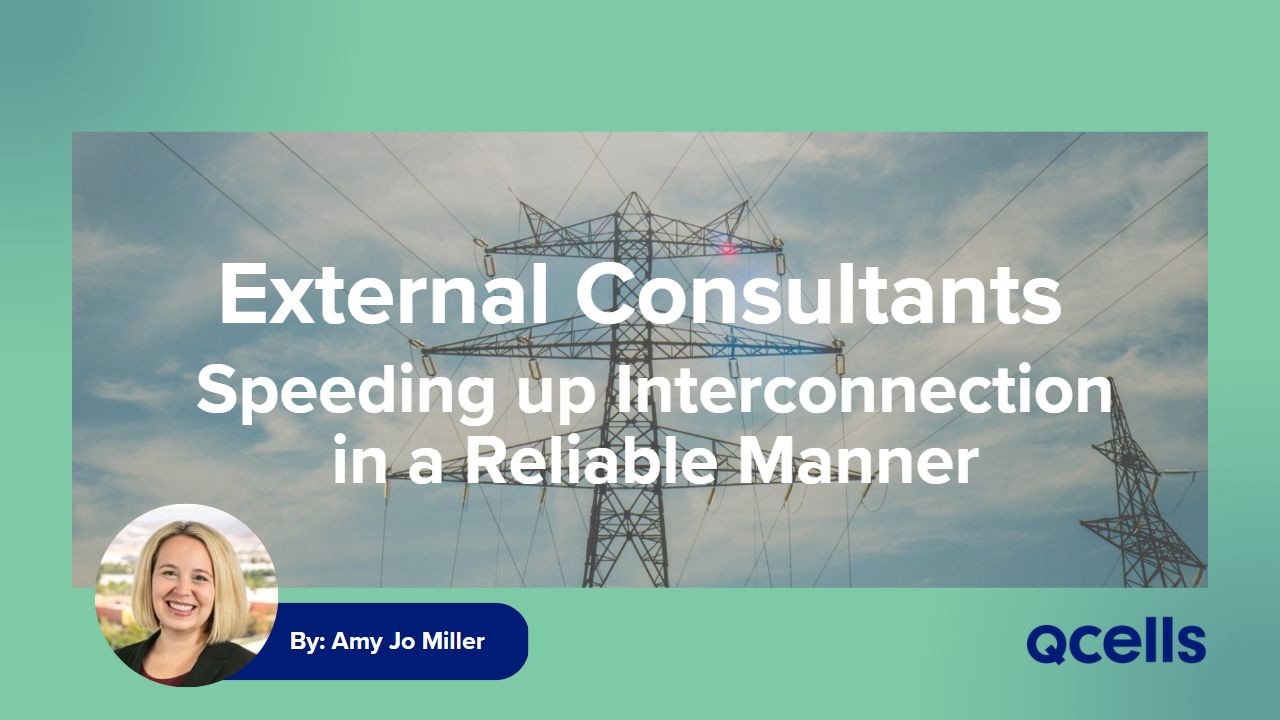
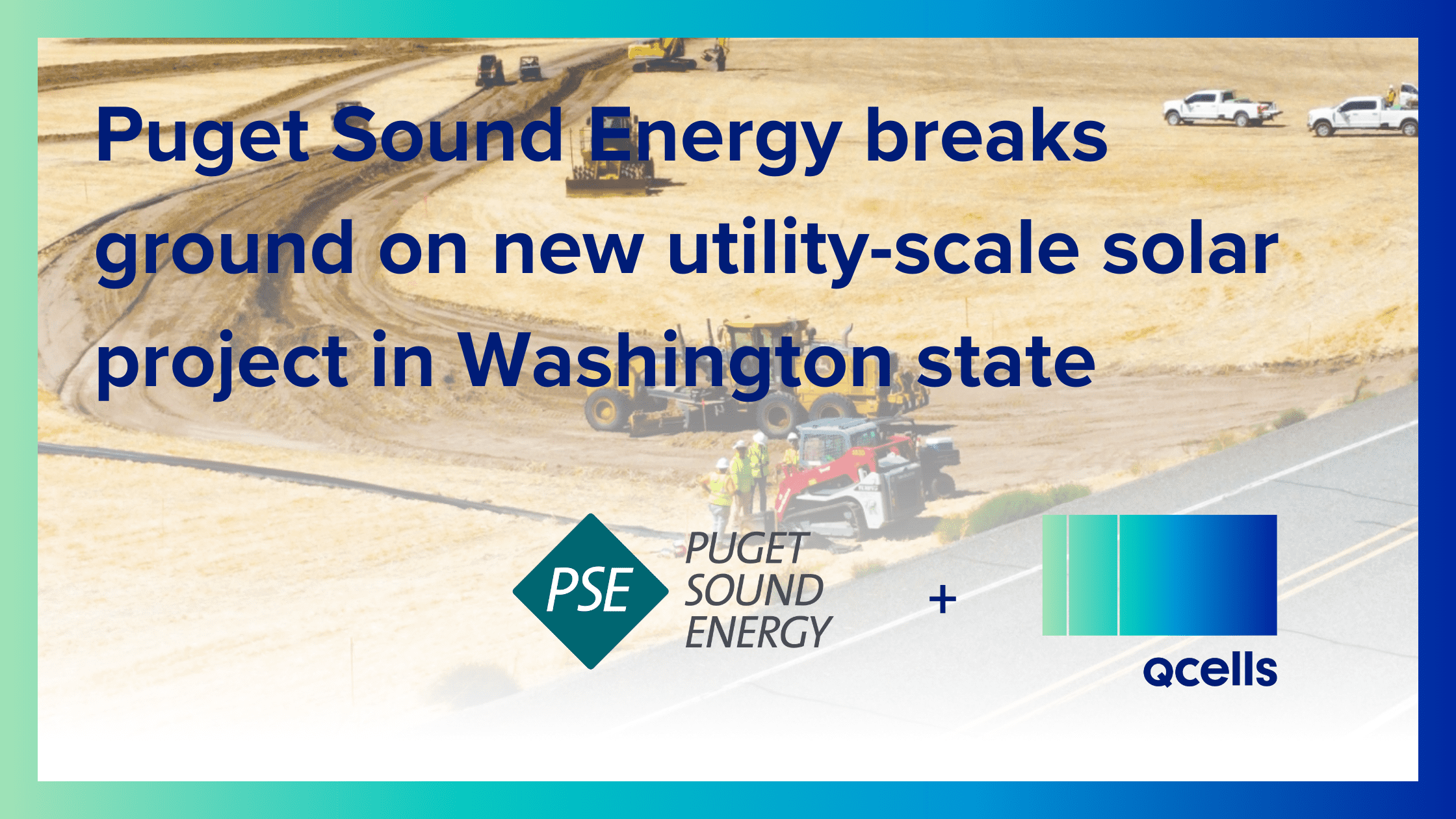
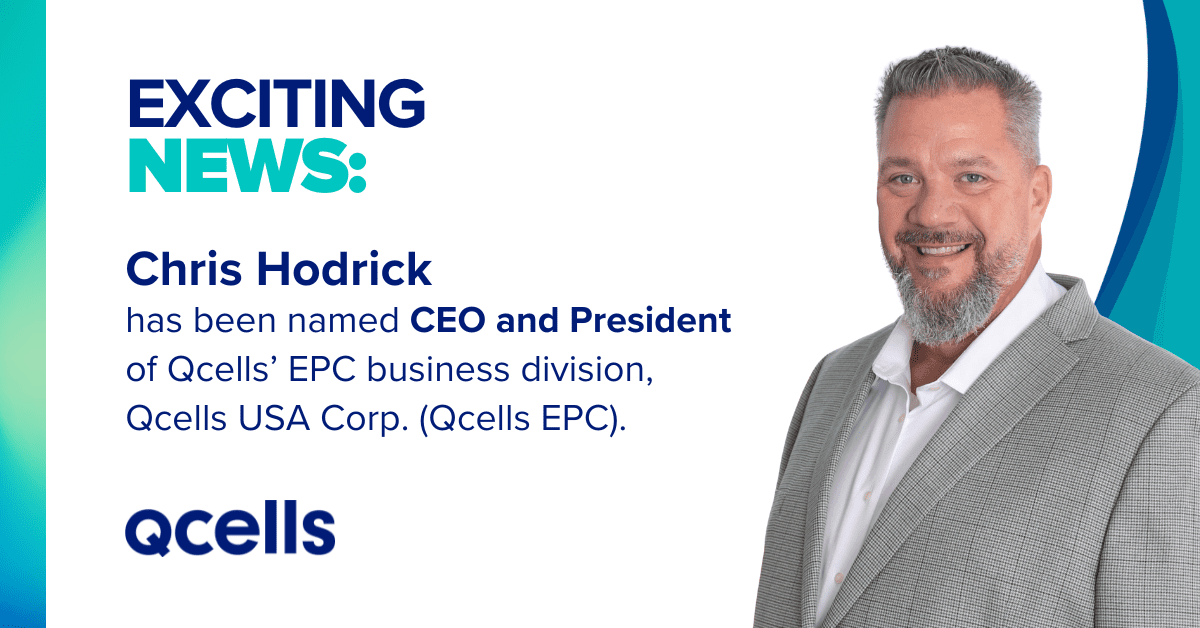
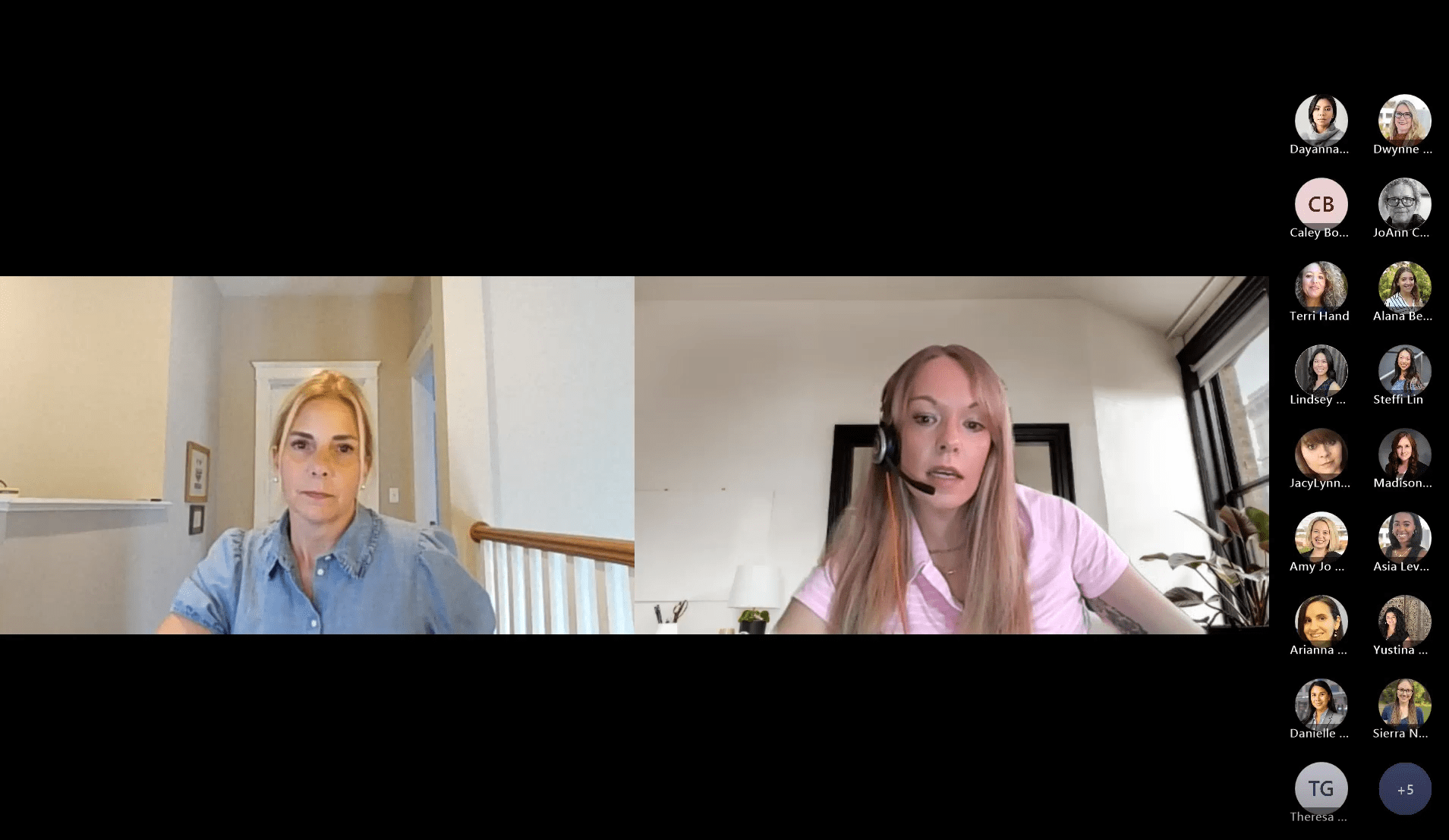
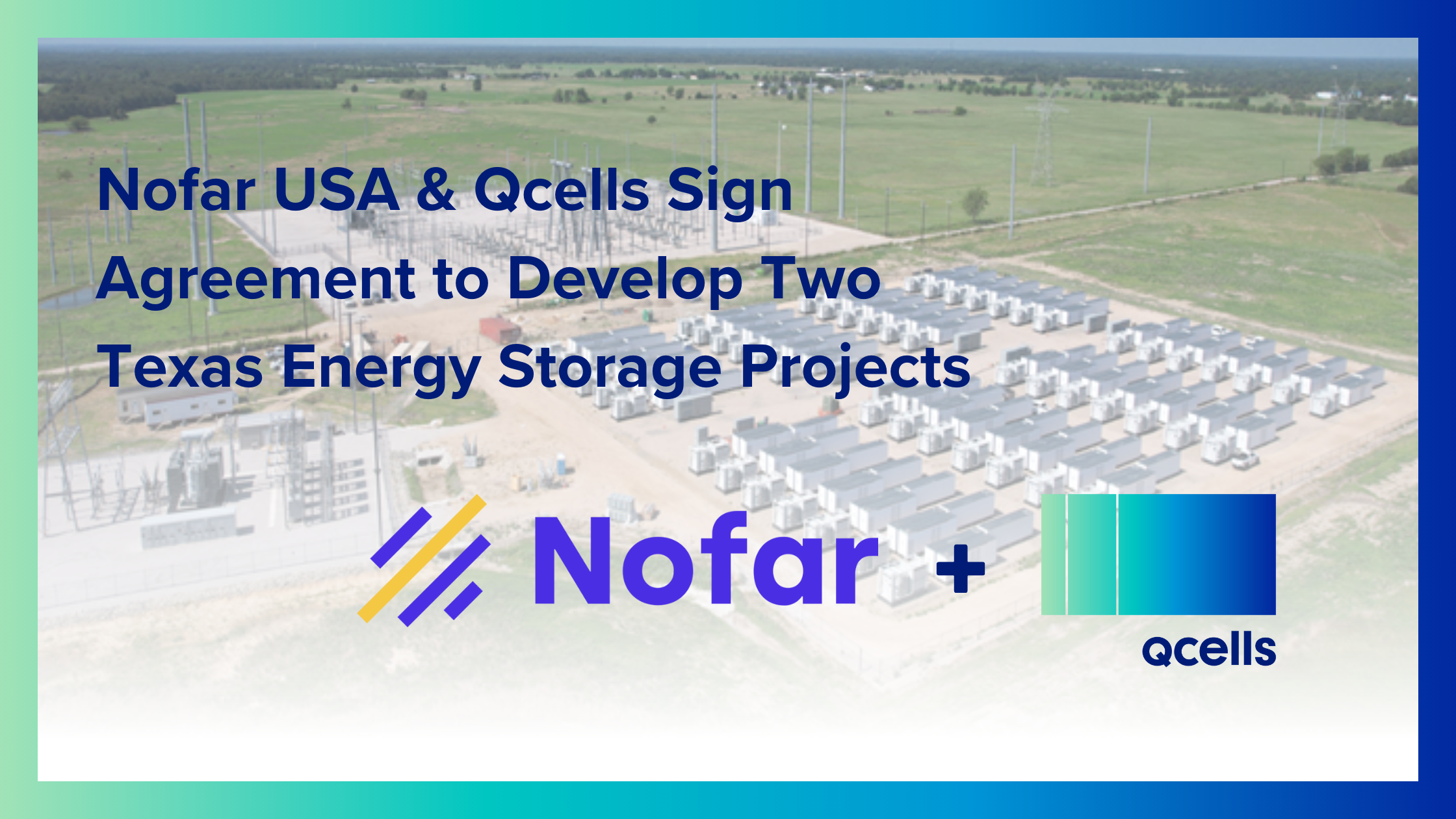
 USA & Canada
USA & Canada Korea
Korea Germany
Germany United Kingdom
United Kingdom France
France Italy
Italy Netherlands
Netherlands Greece
Greece Poland
Poland Portugal
Portugal Hungary
Hungary Spain
Spain Japan
Japan